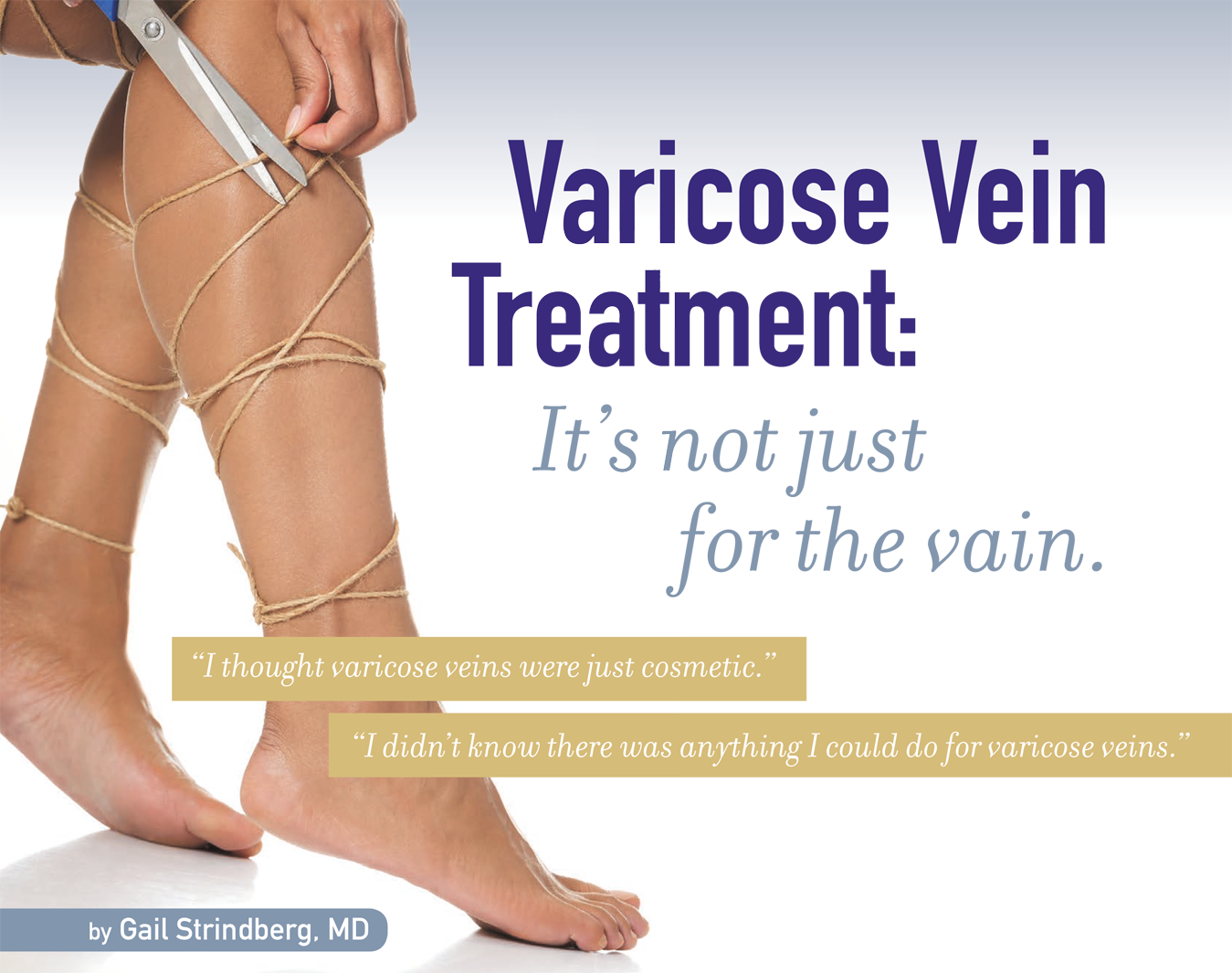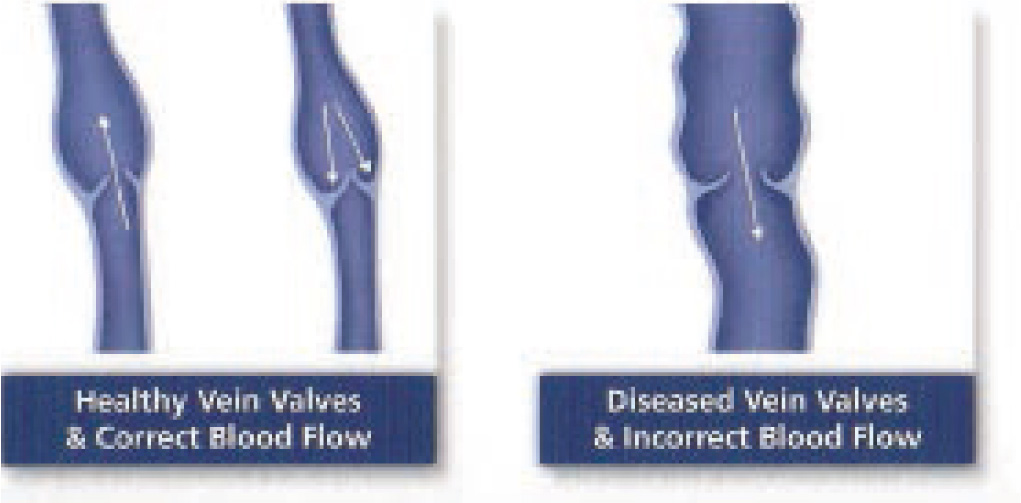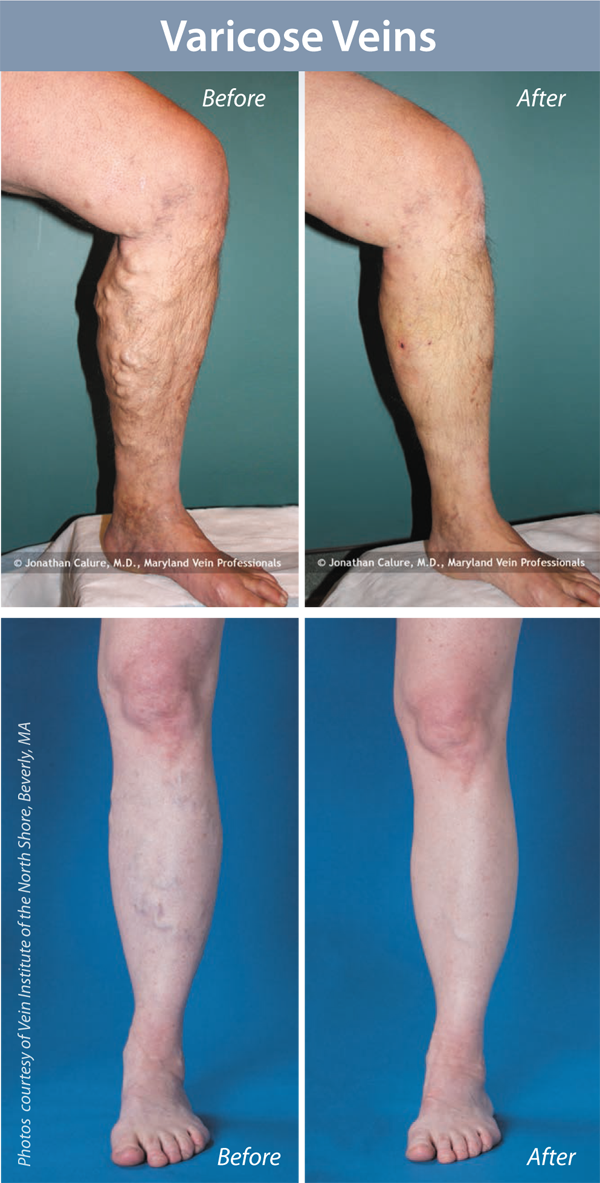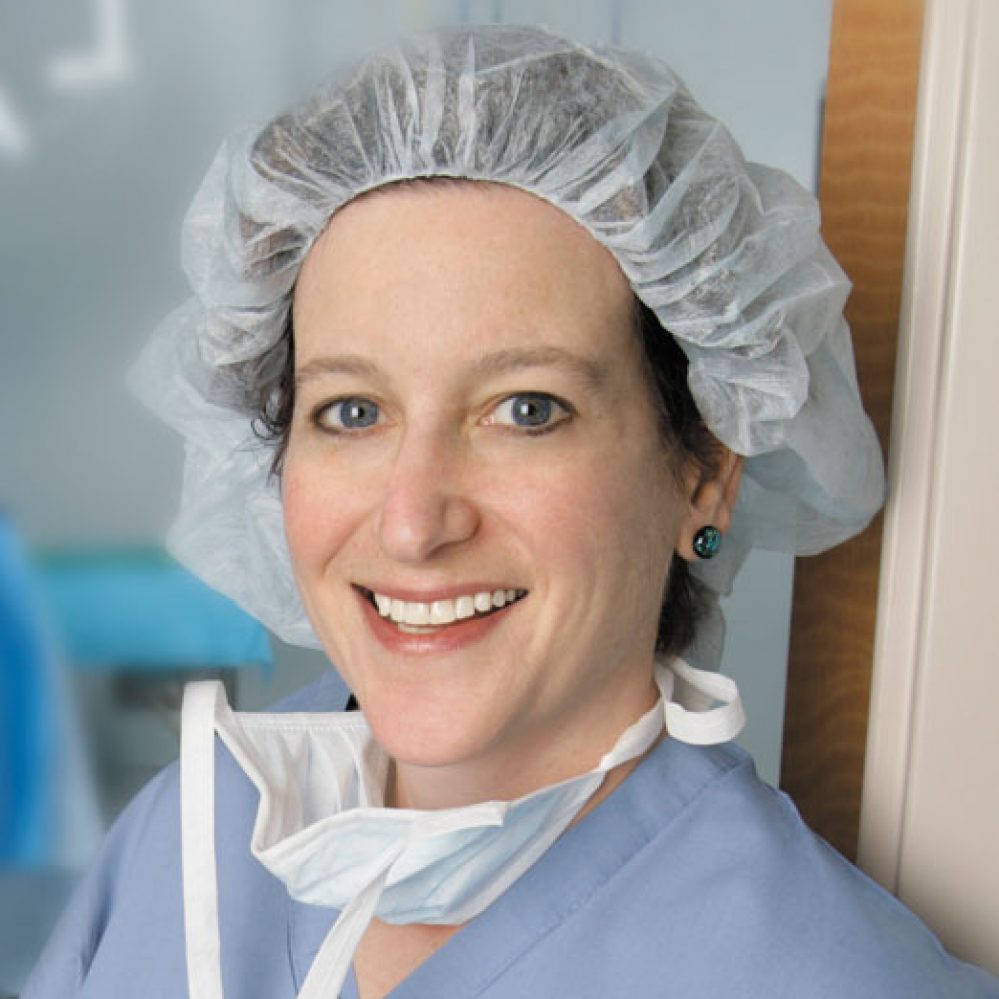
aricose veins and chronic venous insufficiency are medical conditions that affect an estimated 30 million people. It is common for both men and women to suffer from varicose veins or venous insufficiency. Some of the signs and symptoms of vein problems are large, ropey, twisting veins—- or numerous spider veins, especially around the ankles. Other symptoms may include swollen legs, bruising or itching.
But, there is good news! There are several effective treatments for these conditions and they are covered by your insurance. Please call our office to learn more about these conditions and the options you have.
A physical exam by a vein specialist is the first step to diagnosing vein disease. The second step is a specialized ultrasound that maps out your vein anatomy and can identify whether the vein is functioning properly or not.
The veins in our body function to bring blood back to our heart. Arteries function to bring blood to all parts of our body. The veins in our legs are interconnected like a spider web or a mesh bag. There are several larger veins, or major routes, that all the smaller veins drain into. All veins have one-way valves that point or direct blood flow to the heart. When we walk, the muscles in our legs squeeze the veins and the blood inside them, pushing the blood towards the


heart. The valves are pushed open and then are supposed to close, not letting blood go backwards. When vein disease is present, the valves no longer close tightly and blood can leak backwards. While we are sitting or standing all day, blood leaks backwards and pools in the veins of our legs.

As the blood pools, pressure inside the veins increases. Fluid can seep out of the veins and cause swelling. It can also cause fatigue, heaviness and pain in the legs. The congestion also causes problems with the immune system, and sores and injuries no longer heal properlyAs the blood pools, pressure inside the veins increases. Fluid can seep out of the veins and cause swelling. It can also cause fatigue, heaviness and pain in the legs. The congestion also causes problems with the immune system, and sores and injuries no longer heal properly.
So what can we do about it? The ultrasound tells us which of the veins are functioning properly, and which veins are causing a problems by leaking backwards. The easiest treatment is using compression hose or stockings. These prevent pooling of blood in your legs, and they also help the legs generate more pressure to pump blood back to the heart. But, compression stockings are difficult to put on and generally quite uncomfortable. Weight loss and exercise are also helpful. The whole idea behind surgical treatment is to take away the bad or dysfunctional vein forcing the blood to reroute through better functioning veins. Remember, the veins are interconnected and those other routes already exist.
We used to do vein stripping, which was helpful but a major operation. Now, we can do vein closures. These procedures are done in the office, take about one to two hours, and you can drive yourself home. This procedure has proven to be very effective and long lasting and helps slow down the development of further vein disease.
Yes, there is something you can do about the pain, aching, swelling, fatigue, large varicose veins and chronic sores on your legs. These treatments are available here at Northpointe. Please call our office at 435-882-8111 to schedule a consultation.



